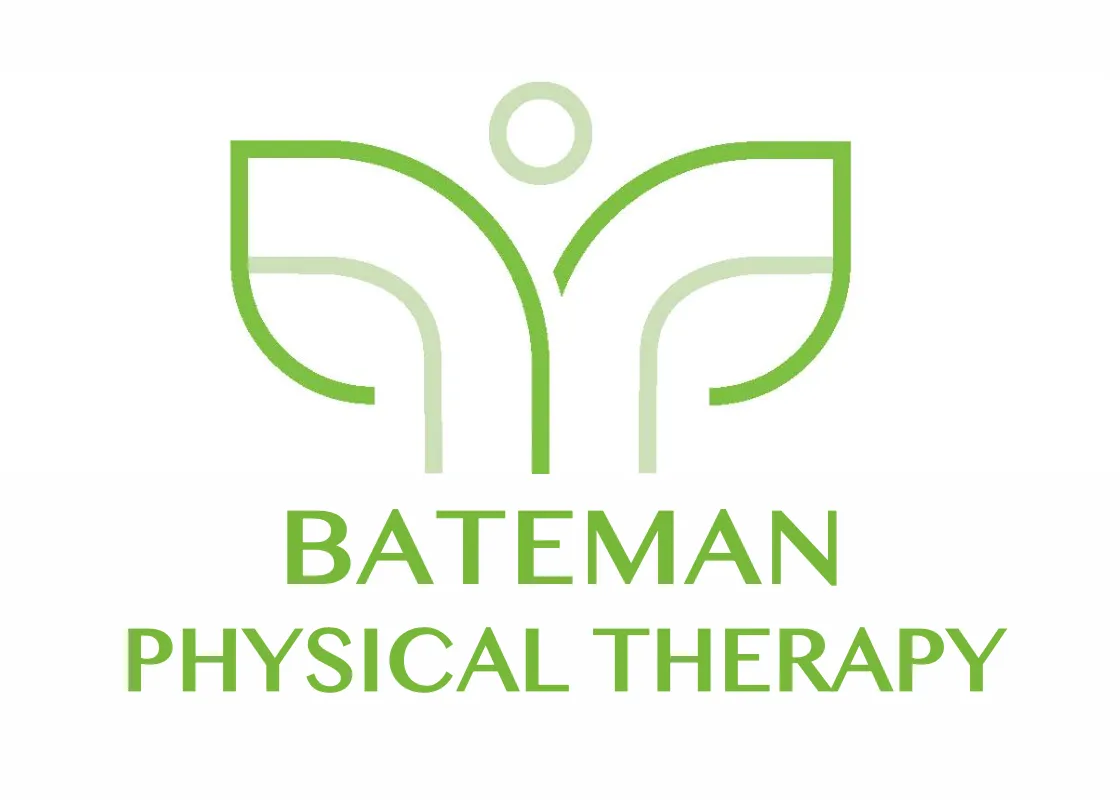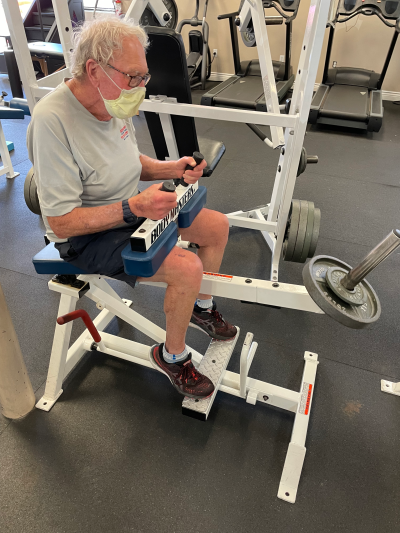Not all muscle imbalances are bad! A muscle imbalance happens when certain muscle groups are stronger or more “tight” (aka short) than other muscle groups, or conversely, weaker or elongated in comparison with opposing muscle groups that cause mechanical changes with movement. Short muscles can also be weak, and this is where it can get a little bit confusing. These changes can be due to repetitive usage of particular muscles over time actively or passively, congenital in nature, developmental, or disease-related.
WHAT CAUSES A MUSCLE IMBALANCE?
There are a variety of activities and conditions that can cause muscle imbalances. As mentioned above, this can include congenital, developmental, or be activity-based, etc.
BELOW ARE A FEW EXAMPLES:
- Prolonged sitting causing shortness in the hip flexors
- Slouching at desk causing elongation in rhomboids
- Wearing pointe shoes in ballet causing shortness in calves
- Overhead throwing causing overuse and shortness in the scalenes
- Congenital or developmental musculoskeletal conditions such as scoliosis causing shortness and elongation of opposing musculature in spine (level dependant on where scoliotic curve is throughout the spine)
In other words, we do not always have control of whether these imbalances occur. We may also be predisposed to certain muscle lengths genetically. These imbalances are also influenced by the activities we do and how our musculoskeletal system forms throughout childhood and into adulthood. Imbalances that are inherited or attained may be rigid and somewhat unchangeable making the argument that spending significant amounts of time to change them as less desirable. Furthermore, one can argue muscle imbalances are normal in the sense that opposing muscle groups do not have the same force generation or range of motion capabilities (example quadriceps generally stronger than hamstrings in a 3:2 ratio).
LOAD MANAGEMENT AND MUSCLE IMBALANCES
As we look at what can cause muscle imbalances, the real question is whether these are important and relate to your pain or not. Minor imbalances are not shown to be the root cause of pain. Take for example a dominant side vs non-dominant side of the body, you will have muscular imbalances between sides. This may never change is likely not a problem or causative factor in your pain.
The other concern is what activities you enjoy, and what does that activity require from a movement standpoint? There are, of course, certain requirements the body must create in muscular output and mobility to achieve the desired movement. In my professional opinion, it is more important to focus on creating an exercise program that gradually increases the muscle group’s capacity to take on new loads (see previous article on load management principles for more clarity) and make new adaptations rather than focus solely on chasing the “perfect” muscle balance (of which no one has determined).
HOW TO DECIDE IF YOU NEED TREATMENT AND HOW PHYSICAL THERAPY CAN HELP
1. Is your muscle imbalance a problem?
- In short, it can be, but minor imbalances are not generally the root cause of pain. Why? We are all born asymmetrically. By nature of selecting a dominant side, we become “imbalanced”. It is normal to have different lengths and strengths between sides and muscle groups as a result.
2. How do you treat muscle imbalances?
Generally speaking, treating muscle imbalances include strengthening weak muscles (these can be either short in length or elongated) and creating mobility within short muscles. If muscle imbalances are severe enough to restrict your ability to perform certain movement requirements involved in the activities you participate in, then more focus and effort should be placed in these areas.
3. Can Physical Therapists (PTs) help change muscle imbalances?
- PTs are specifically trained to assess the musculoskeletal system and identify weaknesses and mobility deficits. They are trained to target specific muscle groups to use these imbalances to your advantage and improve your strength, mobility, and decrease pain.
CAN MUSCLE IMBALANCES BE A GOOD THING?
In the article “Usain and Symmetry” (Usain Bolt and Symmetry – Structural Imbalances | Anatomy Trains), the author, Tom Meyers, talks about positive or adaptive response with muscle imbalances. He argues we are all meant to move asymmetrically. Usain Bolt, the fastest man on the planet, has scoliosis. He learned to optimize his movement in an asymmetrical way to achieve greatness.
Must we then obsess over muscle imbalances? Tom states, “Stop worrying about your structural imbalances and just improve your talents and skills. You can overcome – and even profit from – your asymmetries and imbalances.” In my professional opinion, pain is more often from doing too much or too little, siding with the majority of people moving too little.
WHEN ARE MUSCLE IMBALANCES BAD?
Thoracic outlet syndrome is an example or a maladaptive response with muscle imbalance. This type of muscle imbalance is problematic, can be a root cause of pain, and can have an impact on the nerves and/or blood vessels (see Throwing can Increase the Stiffness of the Scalene Muscle – Tetsuya Takenaga, Satoshi Takeuchi, Hideki Murakami, Katsumasa Sugimoto, Masahito Yoshida, 2020 (sagepub.com)).
Daulton Jeffries is a professional pitcher for the Oakland Athletics and this specific injury has caused him to seek surgery due to pain and decreased performance (see Daulton Jefferies Diagnosed With Thoracic Outlet Syndrome – MLB Trade Rumors, Athletics’ Daulton Jefferies: Requires surgery – CBSSports.com). In a baseball pitcher, repetitive overhead throwing can cause you to overproduce blood vessels and have shortened scalene muscles which in turn affects the brachial plexus nerve exiting the shoulder.
CONCLUSION
As evidenced by the examples above, there are cases where muscle imbalances can create problems and require more extensive treatment options like surgery, but there are also times where it can be of great benefit as in Usain Bolt’s case. A Physical Therapist can be a healthcare provider who assists in determining whether or not a muscle imbalance is a causative factor in your pain, and whether it is affecting the efficiency of your movement patterns, and therefore impacting your performance negatively.
If you didn’t see your symptoms and have additional questions, reach out to Dr. Bateman using the button below. He will be happy to help you schedule your appointment for an assessment.
WHY PHYSICAL THERAPY WITH BATEMAN THERAPY SERVICES?
Bateman Therapy Services provides excellent one-on-one assessment to better understand how you move, how your body handles activity, and root causes of your pain. Treatment follows an in-depth assessment to assist in restoring load capacity (aka strength) in muscles, tendons, and bones; reduce pain; assist in improving activity levels, and returning to prior activity levels.
We travel to Livermore, Pleasanton, Dublin, San Ramon and more! Contact us to find out how we can bring customized relief to you.



